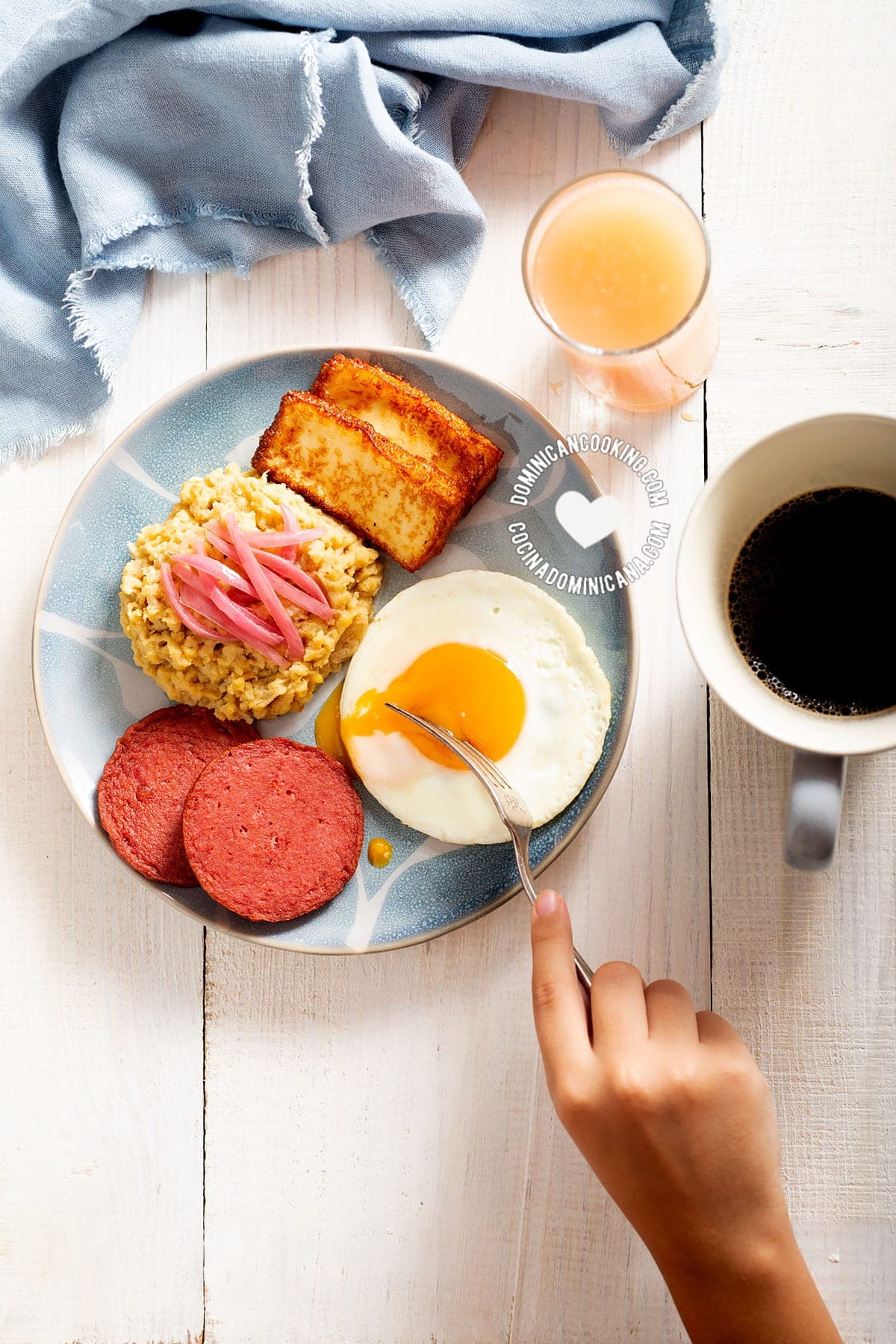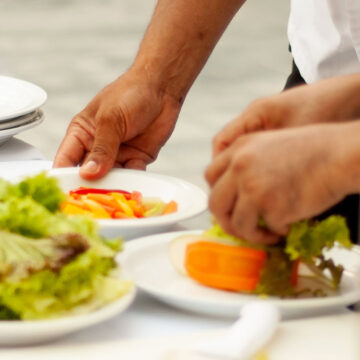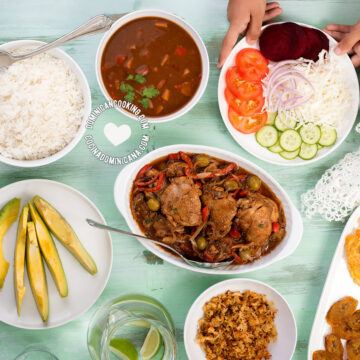What is the deal with "buen provecho" and "a buen tiempo"? Both are said at mealtimes in the Dominican Republic, and yet are very distinct in their wishes. Learn about this unique feature of Dominican gastronomic etiquette, what they mean, and how to use them properly.
By - Last reviewed . Published Jan 4, 2002

Come visit the Dominican Republic, and you'll soon notice two expressions that always come out during mealtimes:
Aquí siempre es a buen tiempo / cuando es hora de comer / porque así nos enseñaron / y lo tenemos por ley / donde comen dos seguro / se pueden sentar tres…*
- Catholic Hymn
So what is the deal with buen provecho and a buen tiempo?
Buen provecho meaning
Buen Provecho is equivalent to the French Bon Appétit or the Italian Buon Appetito. Buen provecho means "have a good meal", or "may the meal be of good benefit to you". If someone says buen provecho at the commencement of a meal, they hope that you enjoy your food and digest it well.
The phrase buen provecho is used both in informal as well as formal situations, and it is used not only in the Dominican Republic, but also in Spain and all of Latin America.
I like to think that a well-timed buen provecho will also ward off any bouts of stomach upset that may arise from the food about to be eaten, but that’s just me.
A buen tiempo meaning
A buen tiempo, on the other hand, is entirely different. These words are expressed by those already eating or about to eat, to someone who has arrived unexpectedly (or uninvited) to the table.
A buen tiempo says, "You’re just in time! Join us! There’s plenty for everyone!" It is used whether the ones arriving are family, friends, acquaintances, or even strangers.
And it doesn’t matter what dishes are being eaten; whether it is lobster or mangú with a fried egg, the invitation is uttered sincerely and almost joyfully.
Common mistakes
A common error English speakers make is to use a buen tiempo when you’re the one interrupting a meal. This is presumptuous.
As the interrupter, you should wait for your a buen tiempo (which will inevitably come). You may decline with a simple "¡buen provecho!"
Dominican hospitality
People are often surprised by the generous and hospitable nature of the Dominican people, and the above is a definite example of this. Western culture is often portrayed as superior, but is many times lacking.
In my house, growing up, if someone came to the door during supper, you could count on my mother to say, "Oh NO! Who on EARTH is THAT?" (The complete opposite of a buen tiempo.) And my usual standard pre-meal wish has disintegrated into a frazzled "Sit DOWN!" I’m sure this does nothing to aid digestion…

*Here is always the right time / when it's mealtime / we were taught so / and so it's law / where two can eat / so can three.
FAQ
There's no exact equivalent to "buen provecho" in English, and English speakers sometimes use the expression "bon appetit," which is borrowed from French.
Buen provecho is a traditional Spanish-language expression. Spanish speakers use this phrase to wish for an enjoyable and satisfactory meal to people eating.
What do you say when someone says buen provecho?
For Dominicans, the traditional response to buen provecho is either "a buen tiempo", if you're the one eating. If you are not a Spanish speaker and are confused by these expressions, you can simply say "gracias", which is the standard reply in the rest of the Spanish-speaking world.





